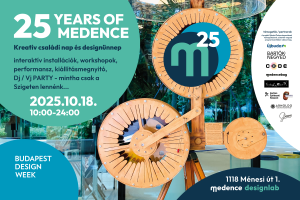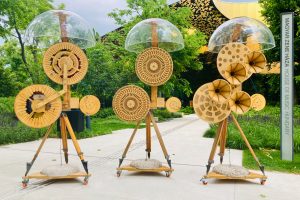Hungarian Design in the 21th century - travelling exhibition installation
A significant chapter of Hungary’s most recent history is occupied by tools and procedures which have achieved worldwide fame by spreading in many countries and are still in use today. The ball-point pen, known as “biro” (László Bíró, 1938), the Rubik’s Cube (Ernő Rubik, 1975) and the Neumann architecture, the basis of all modern computers (János Neumann, 1945) are only a few of the ideas which burst out of the heads of Hungarian inventors, industrial designers and engineers — and propagate Hungarian creativity all over the world. In the 21st century, science and innovation form a solid bridge spanning generations and nations reaching into the future, to which Hungary adds its building blocks. The exhibition titled Shaping Hungary – Design in the 21st Century showcases the ideas and projects of today’s young Hungarian industrial designers, inventors, and engineers confirming that they are worthy successors of the 20th century generation which laid the foundations of Hungarian creativity. The 21st century also abounds in Hungarian inventions, patents and industrial designs which have achieved great success worldwide. The generations that have grown up in Hungary since the change of the political system in 1989 are more competitive in the international market thanks to the high-level of education as well as, the strengthening eco-system of the creative industry and innovation gaining space in more and more areas. An increasing number of enterprises in Hungary and in Central and Eastern Europe have realised the economic importance of design, and work with industrial designers, graphic artists, packaging designers and other experts; this provides the opportunity for highly-trained, prepared designers to take part in the creation of products and services that are successful by global standards. Two recent examples of Hungarian design success on the international market for years include the continuously developed ARCHICAD (developer: Graphisoft), one of the most widespread architectural software products used by about 100,000 architects; and the Inarchi lamps which have won the Red Dot Design Award, one of the most prestigious prizes in the design industry.
Its aim is to present the present and future of Hungarian design, some of the most prominent designers and works that have already achieved success on the international market, and through them the strong, active and cooperative institutional system and synergies that support the work of these designers in the background. The exhibition also indirectly draws attention to Hungarian creativity and problem-solving skills, and supports the development of a creative, flexible, up-to-date and innovative image of Hungary in the 21st century, shaped by young designers, who are technologically and artistically skilled (= Shaping Hungary).
We won the contract through a design competition organised by the Design Council. The tender criteria specified extremely low weight and transport/packaging cubic metres. The exhibit therefore consists of lightweight polyurethane-coated polystyrene cubic postamens that also function as shipping boxes, with trays cascaded onto dimmable LED panels. The central installation is constructed from ITEM quick-assembly, lightweight aluminium components.
Venues:
Geneva, Prague, Krakow, Warsaw, Poznań, Moscow, Vilnius, Bucharest, Bratislava, Barcelona, Madrid, Magdeburg, Ottawa, Riga
Organiser Department for Science Diplomacy State Secretariat for Cultural and Science Diplomacy Ministry of Foreign Affairs and Trade of Hungary
Professional partners Hungarian Intellectual Property Office Hungarian Design Council World Intellectual Property Organization
Curator Judit OSVÁRT / Hungarian Design Council
Exhibition installation: András Gross / Medence designlab
design contributors: Tóbiás Terebessy, János Mihályi, Gergő Szilágyi
Graphic design Dániel NAGY / Stalker Studio
Photo: Andras GROSS Gergely SZŰCS







